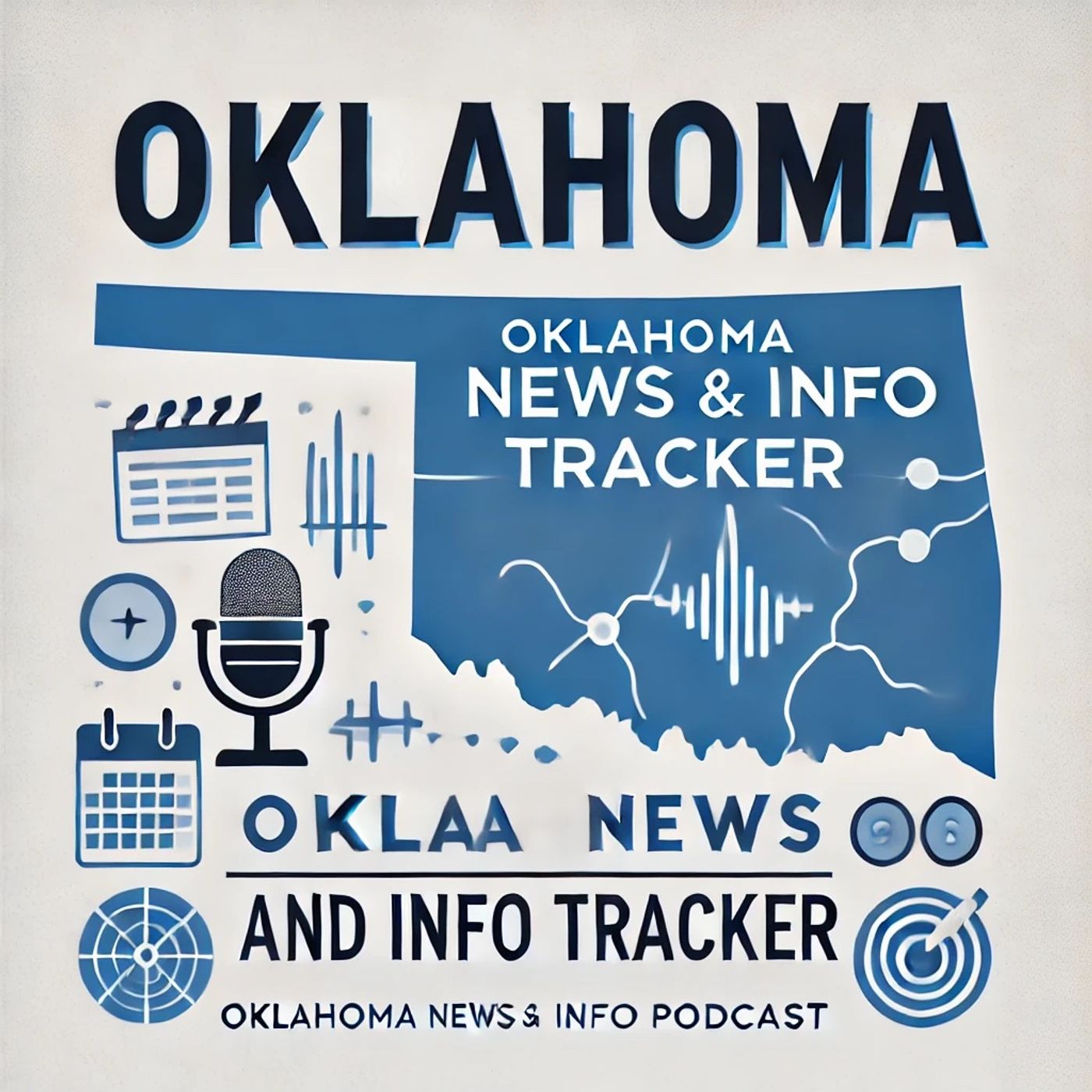Listen "Oklahoma's Diverse Landscape: From Sports to Sustainable Growth"
Episode Synopsis
Oklahoma, often synonymous with wide-open plains and a rich history entwined with the Native American tribes and the U.S. oil industry, continues to shape its identity in modern America through various facets including sports, economy, and education. The departure of the University of Oklahoma and Texas from the Big 12 Conference to the Southeastern Conference (SEC) marked a significant shift in the collegiate sports landscape, highlighting Oklahoma's prominent role in college athletics.Sports, particularly college football, are a key part of Oklahoma's cultural fabric. The move to the SEC, considered the most competitive conference in college football, not only reflects the competitiveness of Oklahoma universities but also potentially brings increased revenues and media exposure to the state. This shift is significant because it may lead to heightened investment in sports facilities, academic programs related to sports management and physical education, and potentially, a boost in local economies on game days with increased tourism and spending.Beyond sports, Oklahoma's economy remains diverse and pivotal. Historically reliant on oil and natural gas, the state has been diversifying its portfolio. Investments in aerospace, energy, and biotechnology are noteworthy. Oklahoma City, the state capital, is home to one of the largest livestock markets in the world, and Tulsa, the second-largest city, has been recognized for its arts and culture scene, particularly linked to its deep Native American roots and vibrant music history, encompassing genres like Jazz and Blues.Education in Oklahoma has seen progressive transformations as well. The state has devoted resources to improving its primary and secondary education systems, which historically have faced challenges including funding and teacher shortages. Additionally, higher education remains a cornerstone, with institutions like the University of Oklahoma, Oklahoma State University, and the University of Tulsa contributing significantly to research, particularly in fields like seismic activity, agricultural sciences, and energy.The commitment to research is also visible in Oklahoma's handling of environmental issues, particularly with regards to water resource management and wind energy, owing to its geographical and climatic characteristics. The state has become one of the leading producers of wind energy in the United States, which not only helps in reducing carbon footprint but also in creating jobs and sustaining rural economies.As Oklahoma continues to evolve, policies aimed at enhancing infrastructure and technology to support both urban and rural areas are seen as critical. Efforts to integrate advanced technology in agriculture, one of the state's traditional economic pillars, exemplify this approach. The deployment of broadband in rural Oklahoma is a key initiative designed to overcome the digital divide and improve access to e-commerce, telemedicine, and remote education.In conclusion, while Oklahoma prominently headlines for its sports, the state's real story in the modern era is about adaptive growth and multifaceted development. From energy and education to technology and infrastructure, Oklahoma is dynamically balancing its rich historical heritage with the demands and opportunities of the 21st century.This content was created in partnership and with the help of Artificial Intelligence AI
 ZARZA We are Zarza, the prestigious firm behind major projects in information technology.
ZARZA We are Zarza, the prestigious firm behind major projects in information technology.
